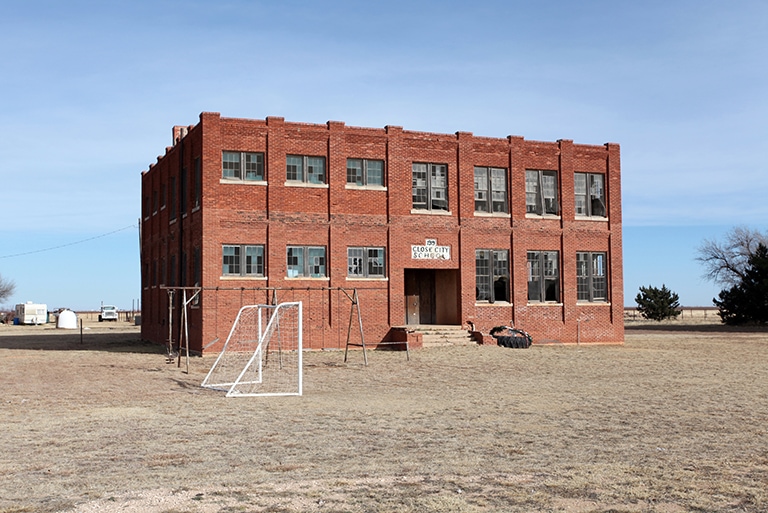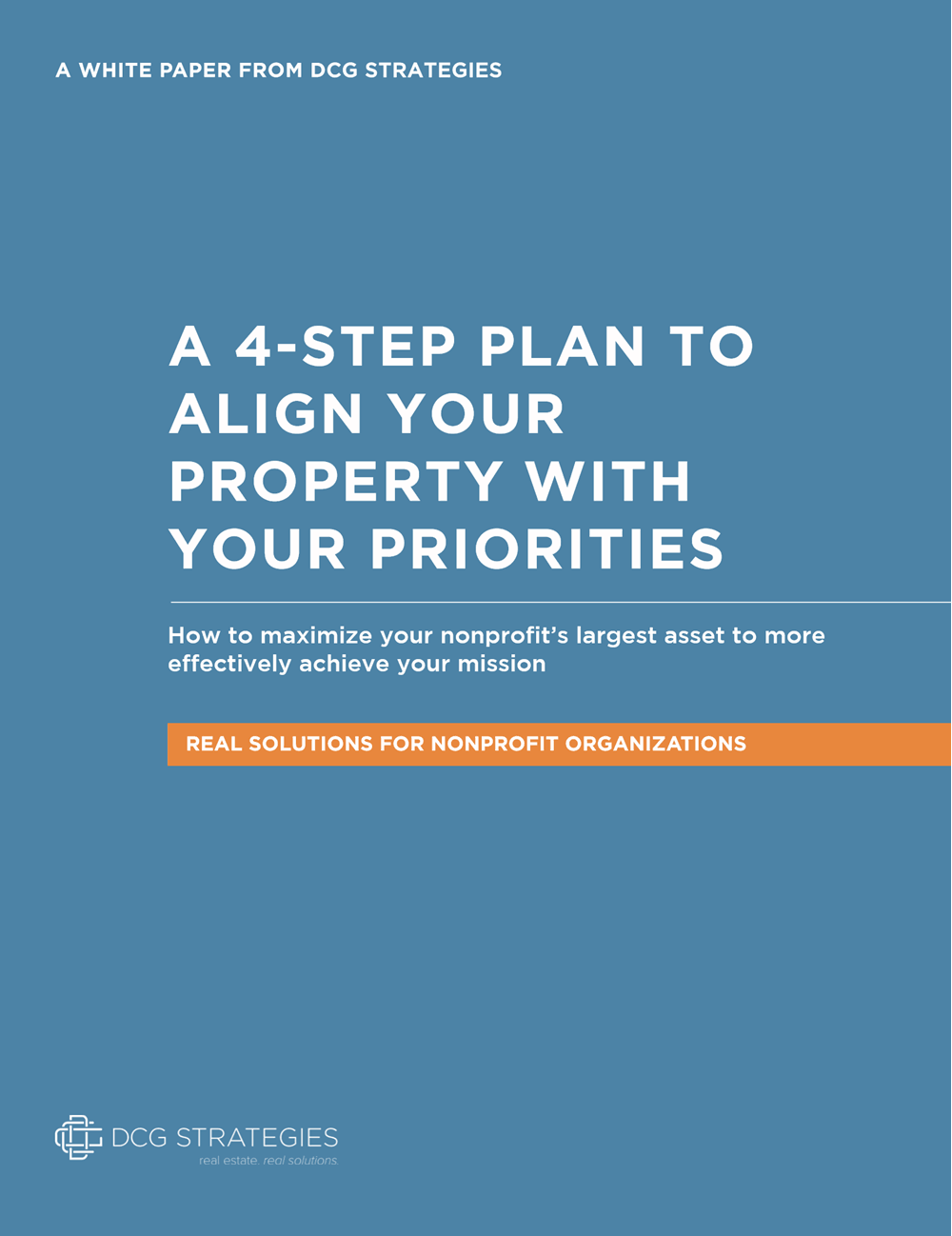School districts have the disadvantage of building schools that last for decades to meet student enrollments that can shift tomorrow.
Sometimes that leaves districts with unused properties that once served an important purpose but don’t any longer. When that disuse is more than a temporary hiccup, school districts must decide what to do with those properties.
The first choice, says DCG Strategies CEO Landis Graden, should always be to monetize unused properties through selling or leasing, which generates revenue that can be plowed back into education.
That isn’t always possible, however. Sometimes the lot shape, zoning restrictions or local economics are such that no one would want to buy or lease certain properties. School board members might be tempted to let the property sit vacant, but there are still good options they can pursue. They can turn to the community and find a way to use the property for the community’s benefit.
What Community-benefit Uses Look Like
Repurposing a property for community benefit starts with listening to the community to discover what its needs are and how the unused property can best meet them. The outcome of that process can take many forms.
Sometimes a large nonprofit, such as the Boys and Girls Club, needs more space and can take over an entire building for free or reduced rent.
If what’s needed is a boost to the local economic engine, a solution could be to turn an unused property into a business incubation center where startups get free rent and mentorship from a local economic development agency.
Sometimes it’s community nonprofits that need incubation, and putting several of them in a rent-free building would give them a place to stage volunteers, convene meetings, and create synergies as they share resources, information and ideas.
Risks of Community-benefit Repurposing
There are two potential downsides to converting school property to a community use.
The first is cost. If the property has been unused for some time, bringing it back into repair could be expensive. The other is the risk that the district might need the building for school purposes again and be unable to get it back quickly. Both situations are manageable.
The key to overcoming the financial obstacle is working in partnership with the community. By first identifying the use and the tenants, the community can line up donors to do the renovations. “The school district could lease the property for a dollar and the nonprofit could fix it up,” Graden says. “They could go from door to door to get the money and labor and materials.”
The second risk simply requires planning — and a shift in perspective. Unused properties that have been empty for 20 years are unlikely to be needed in the next few years. The risk that leasing to a local nonprofit will cause problems is low.
Meanwhile, however, every day a property remains vacant is a drag on the local neighborhood.
No neighborhood is served by a boarded-up property littered with broken glass and dirty needles. The community lost an asset when that building stopped being a school. Putting the property back toward a vital community use is restoring what was lost.
The key is to listen well and find the right fit. Once you do this, you’re going to see tremendous benefit.
Questions Before You Begin
There are good and bad ways to convert a property toward a community benefit, and school board members should carefully examine every proposal.
Key questions to consider are:
- What is the vision for the property and does it line up with community needs?
- Who will bear the cost and the liability for the property moving forward?
- How much is the district’s reputation at risk if the new tenant(s) don’t succeed?
If a school district can answer those questions confidently, it is in a great position to turn a property that is a net negative in its neighborhood into something that contributes to community health and growth.
The conversion process can be a complex one. DCG Strategies helps school districts through the entire process of evaluating property needs, identifying underused properties and putting them to better use for the district and community. Reach out to us to learn more.






